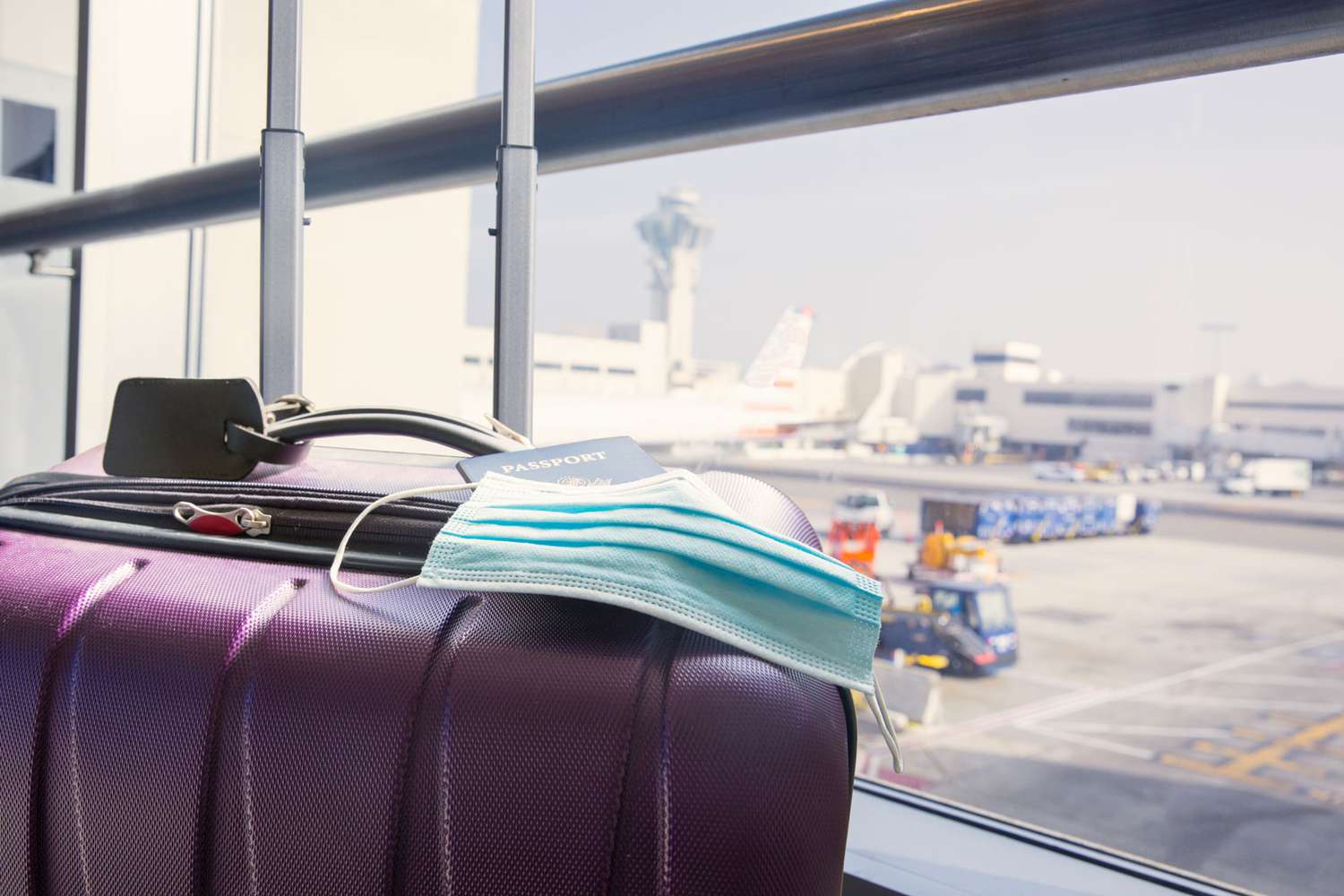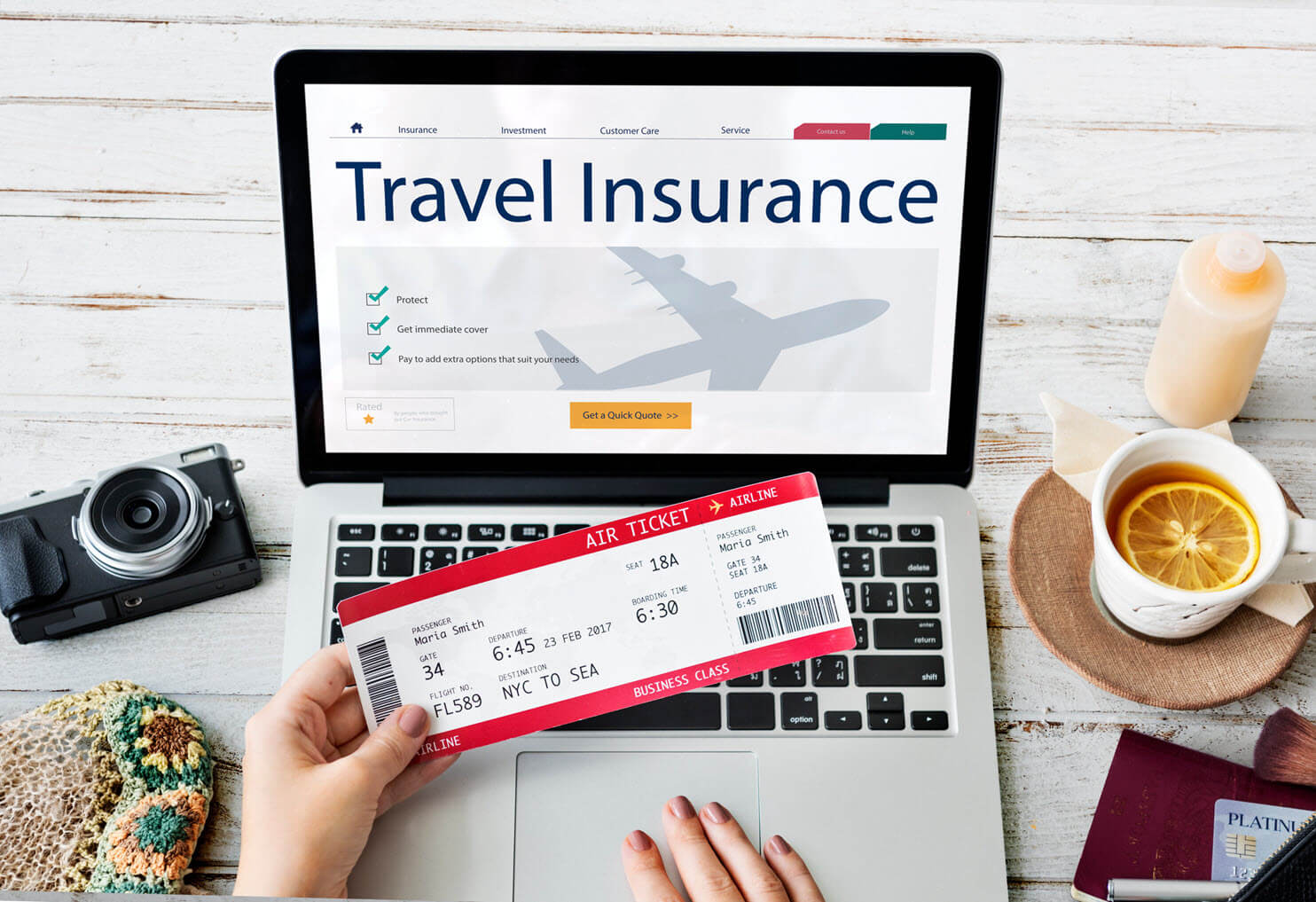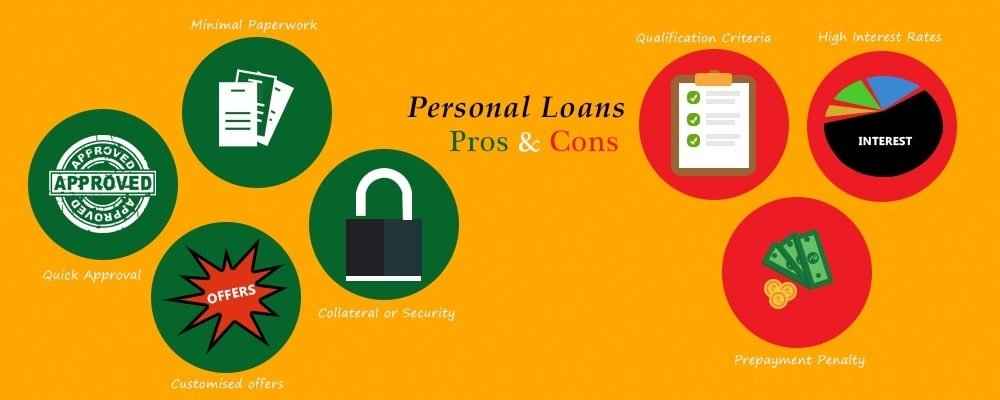Introduction
It is only natural for travellers to look for more easy and accessible alternatives to obtain travel insurance. As a result, it is critical for travel insurers and other industry players to properly position themselves across numerous purchase channels. Finding and capitalising on the appropriate channels can significantly assist these firms in expanding their market reach and driving more sales.
In this post, we’ll look at the traditional and growing buying channels that travel insurance companies must monitor to be competitive in the ever-changing travel insurance industry.
Well, without further ado, let’s get right to it.
Typical Purchase Channels
Traditional buying channels have played an important role in linking travel insurance firms with their target market when it comes to marketing travel insurance products. These well-established channels continue to be valuable partners for travel insurance companies, providing them with access to a large consumer base while establishing familiarity and trust.
#1: Travel Agencies
Travel agencies have been an important distribution channel for a long time. These firms serve as intermediaries between passengers and travel insurance providers, providing customers with a simple one-stop-shop experience.
Access to a larger market is one of the numerous advantages of working with travel companies. Travel agencies frequently have a large network of customers who rely heavily on their expertise to organise their next excursions. By collaborating with these organisations, travel insurance providers may reach a larger clientele.
With their ties with travel agencies, travel insurance providers may also expect to have access to a wealth of information about the current travel trends and customer preferences. These insights can assist them in improving and tailoring their solutions to match the specific needs of various traveller segments.
#2: Insurance Agents
When it comes to acquiring any form of insurance, many clients believe that consulting an insurance broker is the safest and most trusted option. This reputation stems not only from their deep understanding of the insurance sector, but also from their expertise in assisting customers in selecting the best products.
Travel insurers should grasp the chance to engage with insurance brokers to offer travel insurance products, as the old adage goes, “strike while the iron is hot.” Considering their significant industry experience, many of these experts are among the most skilled insurance product marketers.

Channels of Online Purchasing
Online purchase channels, without a question, have altered the way items and services are bought and sold, and insurance products are no different. Customers benefit from the convenience, accessibility, and variety of options provided by these platforms.
Consider three major internet purchases in the travel insurance industry: insurance company websites, comparison websites, and online travel agents. These channels provide extra benefits and opportunities for travel insurance providers to extend their customer base and increase their visibility.
#1:Websites of Insurance Companies
According to our most recent study, Understanding USA Customers’ Travel Insurance Requirements, a substantial number of travellers prefer to purchase travel insurance directly from insurance company websites. This preference emphasises the growing importance of insurance company websites as a primary route for purchasing travel insurance.
Travel insurers’ websites function as virtual stores, allowing businesses to promote their insurance goods and services to potential consumers. A good insurance company website is more than just a source of information. It should also offer a fluid and user-friendly experience for clients to immediately browse, compare, and purchase travel insurance policies.
Travel insurers may leverage the power of insurance business websites to effectively display the unique benefits and features of their offers. They can present numerous coverage choices, like as trip cancellation, medical bills, and other add-ons customised to specific travel needs, through these channels. Furthermore, travel insurers can use website analytics tools to acquire insights into client patterns and preferences, providing them with data-driven insights on how to improve their products.
#2: Travel Agencies Online
Internet travel agencies (OTAs) have grown to be key participants in the travel business, and they frequently include travel insurance options in their booking processes. Working with OTAs not only allows travel insurance providers to expand their market reach, but it also exposes them to travellers who may not have considered purchasing travel insurance individually.
OTAs can successfully educate clients about the importance of travel insurance while also boosting the visibility and accessibility of travel insurance products by incorporating it into the booking process.
Collaboration with OTAs also provides travel insurance with information about client behaviour and booking patterns. With this data, insurers may better understand their customers’ needs and personalise their offerings to different sorts of travellers.
New Purchase Channels
Aside from traditional and online purchase channels, new and emerging channels are gaining traction as major platforms for acquiring travel insurance products. These channels provide customers new ways to purchase travel insurance by using the power of technology and reacting to changing customer preferences.
#1: Mobile Applications
It is critical for travel insurance providers to realise the potential of mobile apps as a major purchase channel in today’s mobile-driven society. Insurers can build direct links with customers via their cellphones by developing their own dedicated mobile apps, providing a more smooth and personalised experience.
Travel insurers can use mobile applications to provide a user-friendly platform where they can give thorough information about their insurance products and services. Consumers can quickly browse through numerous coverage options, compare costs, and obtain insurance details.
#2: Websites for Comparative Shopping
Customers, like with other items, frequently use comparison websites to research and review several travel insurance choices before making a final decision. This is why comparison websites are another efficient method for purchasing travel insurance. These channels integrate information from numerous travel insurance companies, making it easier for users to make decisions by allowing them to evaluate different insurance policies on a single screen.
Appearing on respected comparison websites such as InsureMyTrip and Go Compare opens up additional possibilities for exposure and customer acquisition for travel insurers. These websites allow firms to highlight their unique selling qualities and competitive advantages over their competition.
#3: Insurance Technology Platforms
Collaboration with insurtech platforms also provides significant opportunity for travel insurance companies to grow and expand. Most of these platforms offer a digital marketplace where clients may compare, customise, and buy insurance from numerous insurers.
Insurtech platforms excel in providing personalised and personalised experiences to clients by leveraging cutting-edge technology such as machine learning and artificial intelligence. Based on individual travel profiles, preferences, and risk profiles, these systems can offer travel insurance coverage. Recognizing insurtech platforms as a crucial insurance purchase channel allows travel insurers to increase their market reach and accelerate their growth within the travel insurance landscape.
#4: Electronic wallets
Travel insurance should embrace digital wallets as a purchase channel since they have enormous potential. Travel insurers may now take use of the growing popularity of mobile payment programmes such as Google Pay, Apple Pay, and PayPal to reach a bigger audience and provide a more comfortable and smooth shopping experience for travel insurance products.
Travel insurance can provide a more comfortable and secure environment for customer transactions by incorporating digital wallets into their existing systems. Consumers can browse and select the coverage that best meets their needs, study policy information, and finalise transactions with a few simple clicks.
#5: Social Media Platforms
Without a doubt, social media platforms are quickly becoming the most effective marketing channels for practically any product. With billions of users globally, networks such as Facebook, Twitter, and Instagram allow travel insurers to engage with a large audience and advertise their travel insurance products.
For travel insurance companies, social media channels provide several advantages. For starters, they provide insurers with a direct conduit to communicate with potential clients, increasing brand awareness and trust through interactive content. Another advantage of these platforms is that they allow travel insurers to target specific demographics and hobbies, which ensures that they reach potential consumers who are more likely to be interested in travel insurance. Insurers can target consumers based on criteria such as travel patterns, destinations, and age groupings in their advertising campaigns.
Conclusion
This article has examined existing and emerging buying channels that travel insurance providers must consider. To address the changing needs and interests of clients, travel insurance providers must strategically position themselves throughout these varied purchase channels. Travel insurers may extend their customer base, promote growth, and create a simple and accessible experience for travellers seeking travel insurance products by embracing innovation, harnessing technology, and engaging with important industry partners.











